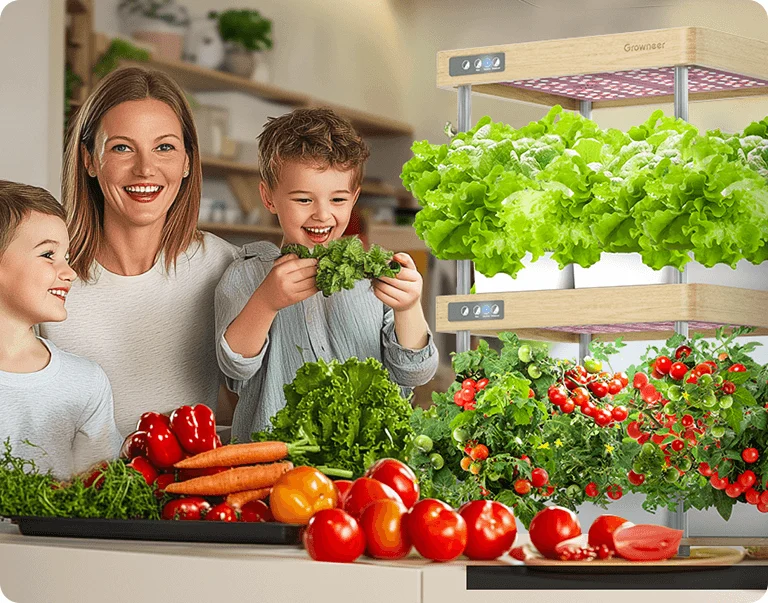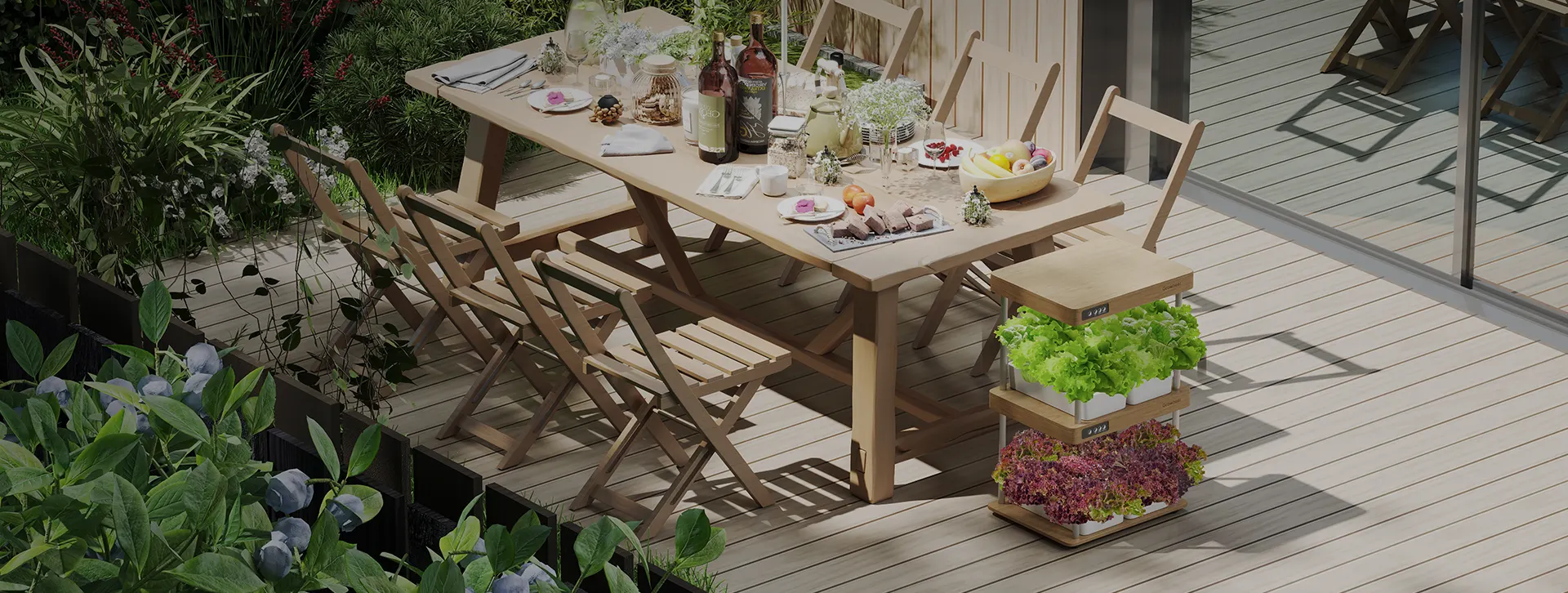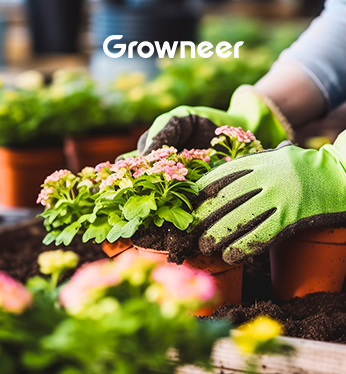Hydroponics vs Soil: Which Growing Method Is Right for You?
1. Introduction: The Rise of Modern Growing
In an era shaped by sustainability, food transparency, and urban lifestyles, more people are seeking ways to grow their own herbs, greens, and vegetables. Whether it’s a small kitchen garden or a high-tech vertical farm, the choice of growing method makes all the difference.
Two major methods dominate the home and urban growing space: hydroponics and traditional soil cultivation. This guide offers an in-depth comparison based on science, real-world cases, and environmental considerations to help you make the right decision for your space, needs, and values.
2. Understanding the Basics
What is Hydroponics?
Hydroponics is a soilless growing method where plants thrive in nutrient-rich water solutions. According to the USDA, hydroponics is a form of soilless culture that allows precision control over plant nutrition and growth conditions.
Common hydroponic systems:
Deep Water Culture (DWC)
Nutrient Film Technique (NFT)
Drip Irrigation Systems
Raft/Float Systems
Benefits include higher efficiency, water savings, and suitability for indoor, space-limited environments.
What is Soil Growing?
Soil-based cultivation relies on natural soil as a medium, where plants absorb nutrients via microorganisms and decomposed organic matter. Soil offers a natural buffer and hosts a rich ecological system that supports plant health—especially outdoors and in organic farming settings.
3. Key Comparison: Hydroponics vs Soil
| Criteria | Hydroponics | Soil |
|---|---|---|
| Setup Cost | High (equipment, grow lights, nutrients) | Low (basic tools and soil) |
| Growth Speed & Yield | 20–30% faster, higher yields (NASA, 2020) | Slower growth, yield depends on soil and climate |
| Environmental Control | High (fully controlled indoors) | Low (weather and pests affect growth) |
| Space Use | Great for vertical/compact spaces | Requires more space, sun exposure |
| Water Efficiency | Up to 95% water recycled (ScienceDirect, 2020) | High water use, often inefficient |
| Pest & Disease Risk | Low (enclosed, sterile environment) | High (soil-borne pests and mold) |
| Nutrient Precision | Exact nutrient dosing possible | Relies on soil quality and amendments |
4. Environmental Impact & Sustainability
According to the FAO, traditional agriculture consumes over 70% of the world’s freshwater. Hydroponics, by contrast, can reduce water usage by up to 95%, making it highly suitable for water-scarce regions. It also reduces runoff pollution by recycling nutrients.
However, hydroponic systems rely on electricity for lighting and water circulation. Their eco-footprint depends heavily on whether renewable energy sources like solar are used.
Soil cultivation, especially organic, plays a role in carbon sequestration and biodiversity preservation. But poor soil management can lead to erosion, nutrient depletion, and chemical pollution.
5. Real-World Case Studies
Urban Hydroponic Gardener – Jane, NYC
Jane converted a small balcony into a productive greens space using a smart hydroponic system. With automated light, nutrient dosing, and watering, she grows leafy greens year-round. Her grocery bill dropped, and her children became more engaged with healthy eating.
Eco-Farmer – Tom, Oregon
Tom grows vegetables on a half-acre plot using traditional soil and compost methods. He rotates crops and uses cover crops to improve soil health. Though more labor-intensive, he swears by the flavor and ecological benefits.
6. Choose Based on Your Use Case
| Use Case | Best Method | Why |
| Indoor or Balcony Growing | Hydroponics | Compact, mess-free, year-round potential |
| Backyard Garden | Soil | Natural ecosystem, low-tech setup |
| Education & STEM Learning | Hydroponics | Fast growth, visible root systems |
| Organic Lifestyle | Soil | Compost-friendly, ecological harmony |
| Urban Agri-Startup | Hydroponics | Scalable, controllable, data-driven |
7. Combining the Best of Both Worlds
Many advanced growers use a hybrid approach, integrating hydroponics and soil:
Grow herbs and leafy greens hydroponically indoors.
Grow root vegetables or fruiting crops in soil outdoors.
Reuse hydroponic effluent water to enrich soil beds.
This method balances speed, flavor, sustainability, and resilience.
8. Common Questions Answered (FAQ)
Is hydroponic food bland?
Not at all—taste is influenced by nutrients and light quality. Properly grown hydroponic produce can be just as flavorful or more.
Does hydroponics need pesticides?
Rarely. Clean environments reduce pests. But algae or root rot may require treatment.
Is soil growing more natural?
Yes, but natural doesn’t always mean easy. Organic soil farming requires deep knowledge.
Is hydroponics difficult to learn?
Modern systems are user-friendly. Most require just basic setup and occasional nutrient changes.
Can soil be used in cities?
Yes, with raised beds or containers—but needs sunlight, space, and clean soil.
9. Visual Guide: Hydroponics vs Soil
📊 Chart Suggestion:
Bar chart comparing water use per kg of lettuce (hydro vs soil)
Line graph showing crop yield per m²
Infographic showing inputs vs outputs (energy, space, water, fertilizer)
🖼️ Image Suggestions:
Close-up of roots in a hydroponic system
Indoor kitchen herb garden with LEDs
Lush soil bed with compost and mulch
Hands holding lettuce: one from soil, one from hydro
10. Authoritative Resources
NASA: Hydroponic Crop Production in Controlled Environments
https://ntrs.nasa.gov/api/citations/20000071984/downloads/20000071984.pdfFAO: The Future of Food and Agriculture – Trends and Challenges
https://www.fao.org/3/i6583e/i6583e.pdfScientific American: Hydroponics and Urban Farming
https://www.scientificamerican.com/article/hydroponics-the-future-of-urban-farming/Nature Sustainability: Comparative Environmental Impact of Growing Methods
https://www.nature.com/articles/s41893-018-0175-0
11. Conclusion: Your Growing Journey Starts Now
Both hydroponics and soil growing offer unique advantages. Your perfect method depends on space, goals, time, and values.
🌱 Want a smart way to begin growing? Try our HydroEasy 1.0—an entry-level, all-in-one hydroponic system that makes clean eating and green living simple.
🎉 Mid-Year Sale: 50% Off HydroEasy 1.0!
Ready to kickstart your indoor garden? Now’s the perfect time! For a limited time only, get 50% off our best-selling HydroEasy 1.0 smart hydroponic kit.
🔹 Discount Code: Growneer50% 🔹
Availability: First come, first served – while supplies last!
Whether you’re new to growing or looking to upgrade, HydroEasy 1.0 makes it easy to grow fresh greens right from your countertop — no soil, no mess, just results.
👉 Tap into the green revolution now.
Shop HydroEasy 1.0 and transform your lifestyle today!





